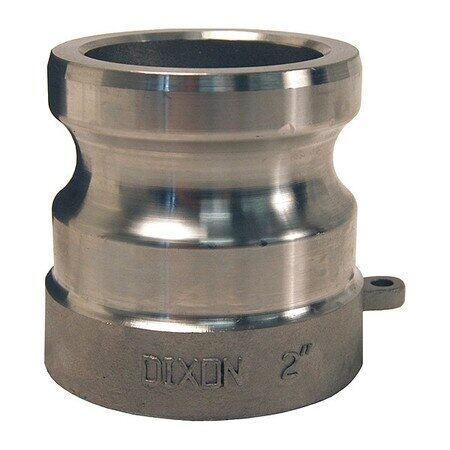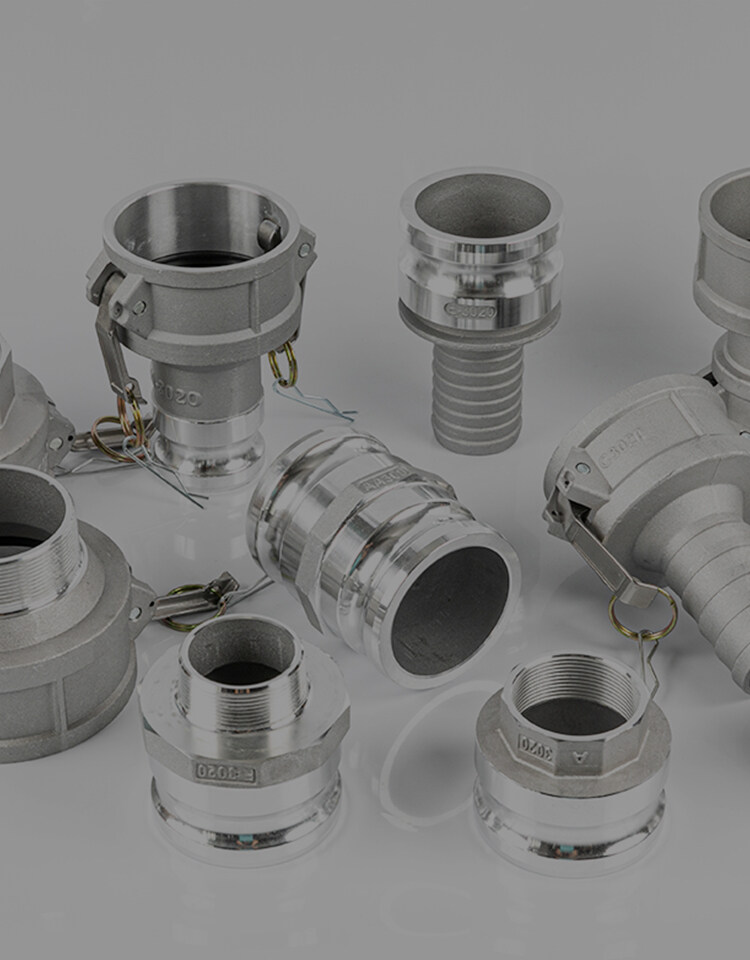Email format error
Email cannot be empty
Email already exists
6-20 characters(letters plus numbers only)
The password is inconsistent
Email format error
Email cannot be empty
Email does not exist
6-20 characters(letters plus numbers only)
The password is inconsistent

News
Here, you can describe a piece of text you want to express

Mastering Connections: The Essential Guide to Male to Male Camlock Adapter
The male to male camlock adapter stands as a pivotal component in the intricate world of fluid handling and transfer, ensuring seamless and secure connections across a multitude of industries. This comprehensive guide is dedicated to the male to male camlock adapter, a versatile tool that simplifies the process of connecting hoses and pipes with identical ends. Throughout this post, we will explore the various applications, benefits, and considerations associated with this unique type of adapter, while also examining related fittings such as the male to male coupler fitting and the male to male hose coupler. Whether you’re a seasoned engineer or a DIY enthusiast, understanding the functionality and proper use of the male to male camlock adapter is crucial for efficient and leak-free fluid transfer.
Understanding the Male to Male Camlock Adapter:
The Basics of Camlock Fittings:
Camlock fittings, also known as cam and groove couplings, are widely used for quickly connecting and disconnecting hose or pipe sections. The camlock adapter is a specific type of fitting that features a male camlock end on both sides, allowing it to connect two female camlock ends together. This adapter is particularly useful when you need to extend the length of a hose or change the type of connection without replacing the entire hose assembly.
The Design and Functionality:
The camlock adapters are designed for ease of use and reliability. They consist of two male ends with cam levers that lock into place on the female counterparts, creating a tight seal that prevents leaks. The simplicity of their design allows for quick and tool-free connections, making them a go-to choice for rapid setup and breakdown in various applications.
Materials and Construction:
The camlock adapters are available in a range of materials, including aluminum, stainless steel, brass, and polypropylene. Each material offers different benefits, such as corrosion resistance, durability, and suitability for specific types of fluids. The choice of material will depend on the application’s specific requirements, including chemical compatibility, temperature range, and pressure rating.
Applications and Uses:
In Industrial Settings:
The camlock adapter is a staple in industrial environments where fluid transfer is a regular part of operations. From petrochemical plants to water treatment facilities, these adapters provide a secure and efficient way to connect hoses and pipes, facilitating the transport of liquids, gases, and even dry products like grains.
In Agriculture and Irrigation:
Agricultural and irrigation systems often require the extension of hoses to reach distant fields or crops. The camlock adapter makes it possible to connect multiple hose lengths quickly, ensuring that water and other agricultural chemicals are delivered where they are needed most.
In Firefighting and Emergency Services:
For firefighting and emergency services, time is of the essence. The camlock adapters allow for the rapid extension of hoses, enabling firefighters to combat blazes effectively. The reliability and quick-connect nature of these adapters are crucial in high-pressure situations where every second counts.
Best Practices for Selection and Use:
Choosing the Right Adapter:
Selecting the correct male to male camlock adapter involves considering the size and type of the hoses or pipes to be connected, as well as the working pressure and the nature of the fluid being transferred. It’s essential to ensure compatibility between the adapter and the existing system components to avoid leaks or connection failures.
Installation Tips:
Proper installation is straightforward but requires attention to detail. Ensure that the cam levers are fully engaged and locked into place with the female fittings. Regularly inspect the adapter for any signs of wear or damage, and replace it if necessary to maintain a secure connection.
Maintenance and Care:
To prolong the lifespan of your camlock adapter, it’s important to perform routine maintenance. Clean the adapter after each use, especially if it has been in contact with corrosive or abrasive materials. Store the adapter in a dry and clean environment to prevent damage from environmental factors.
Troubleshooting Common Issues:
Despite their robust design, the camlock adapters can sometimes encounter issues such as leaks or difficulty in connecting. This section would provide guidance on identifying common problems and implementing solutions, such as replacing worn gaskets or applying appropriate lubrication to facilitate smoother connections.
Conclusion:
The male to male camlock adapter is an indispensable tool in the fluid transfer industry, offering unmatched convenience and reliability. By understanding the various aspects of these adapters, from their design to their practical applications, users can ensure efficient and secure connections in any setting. With the knowledge provided in this guide, you are now better equipped to select, use, and maintain your male to male camlock adapters, ensuring the integrity of your fluid transfer systems for years to come.

